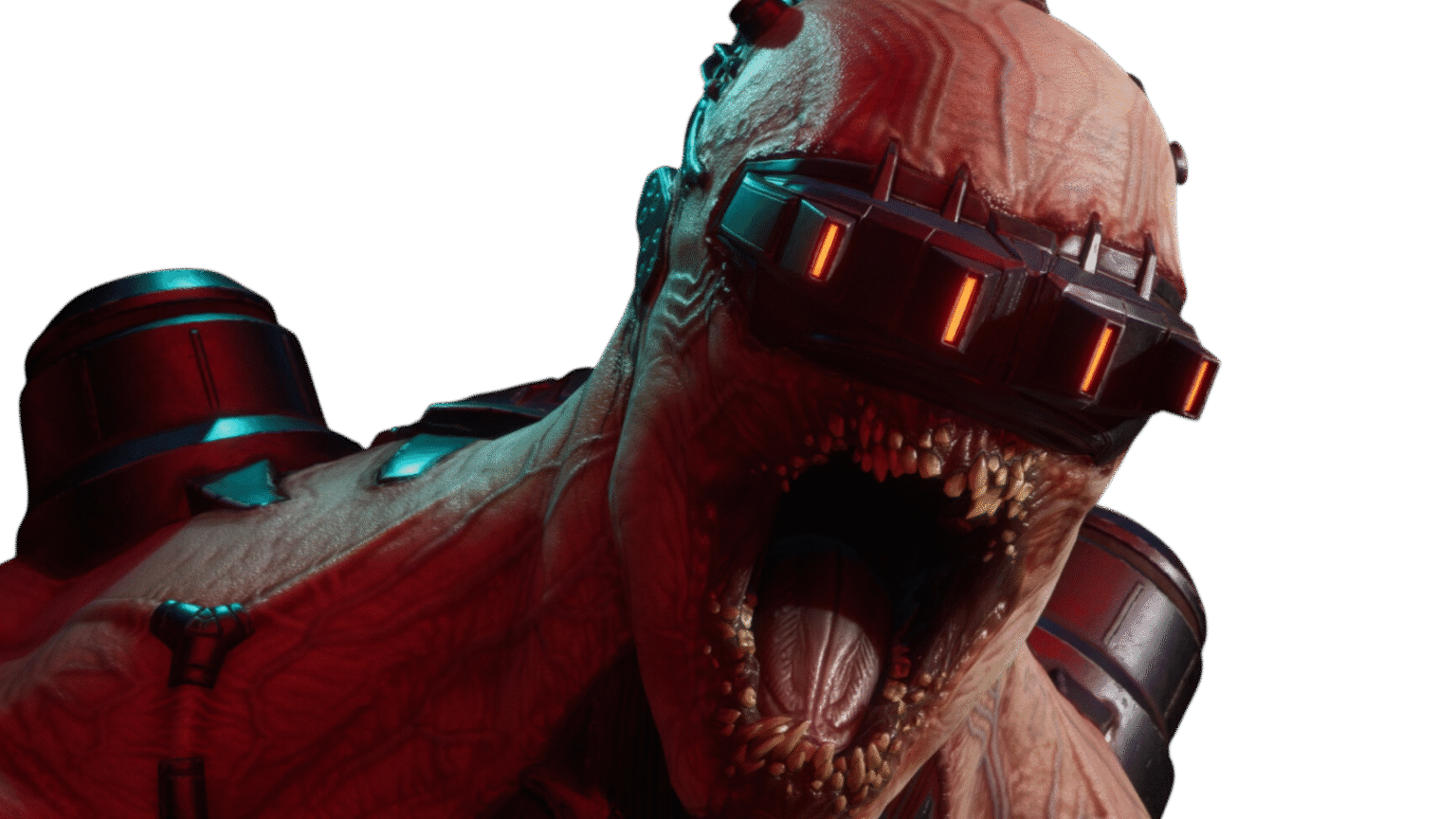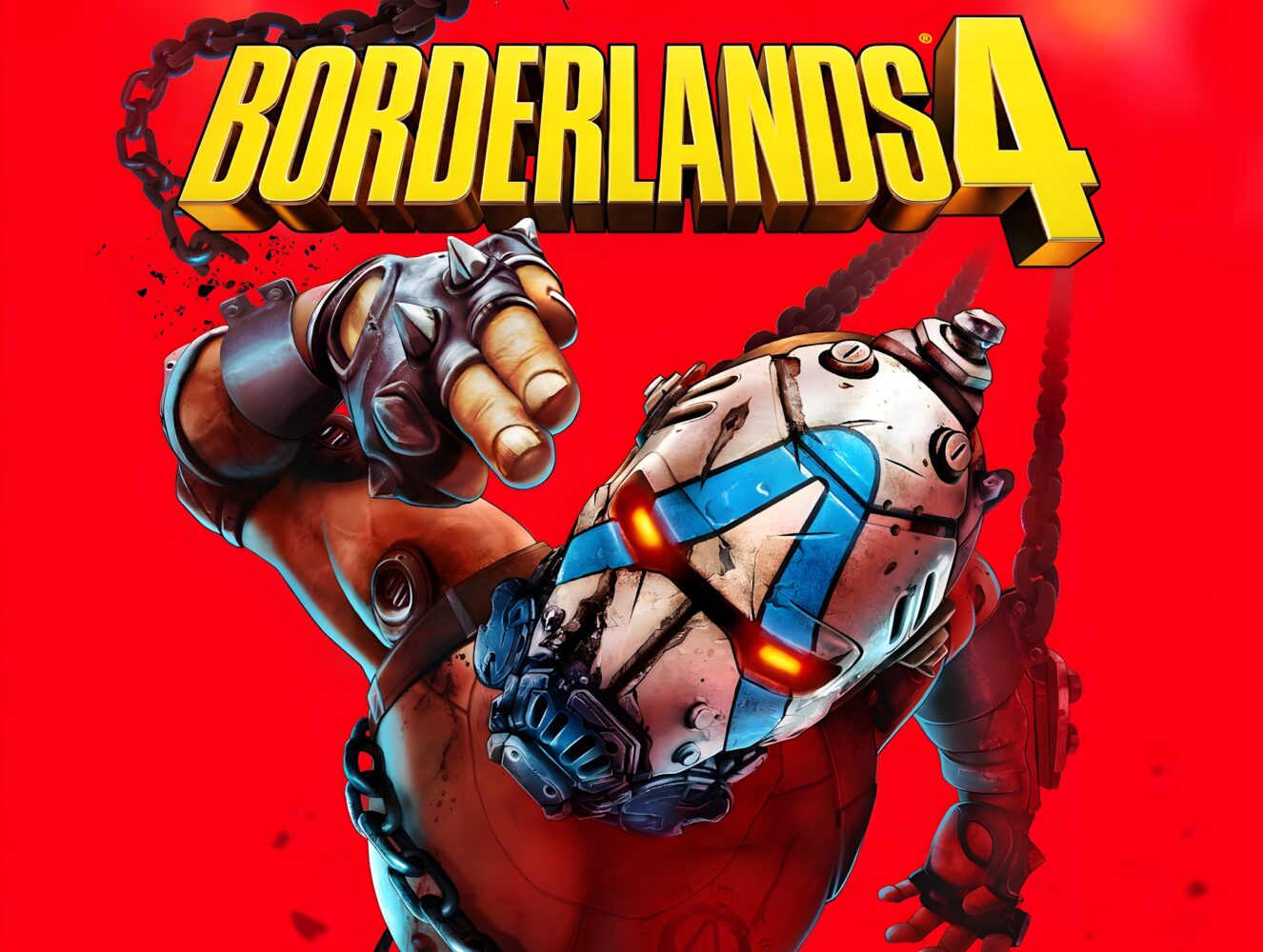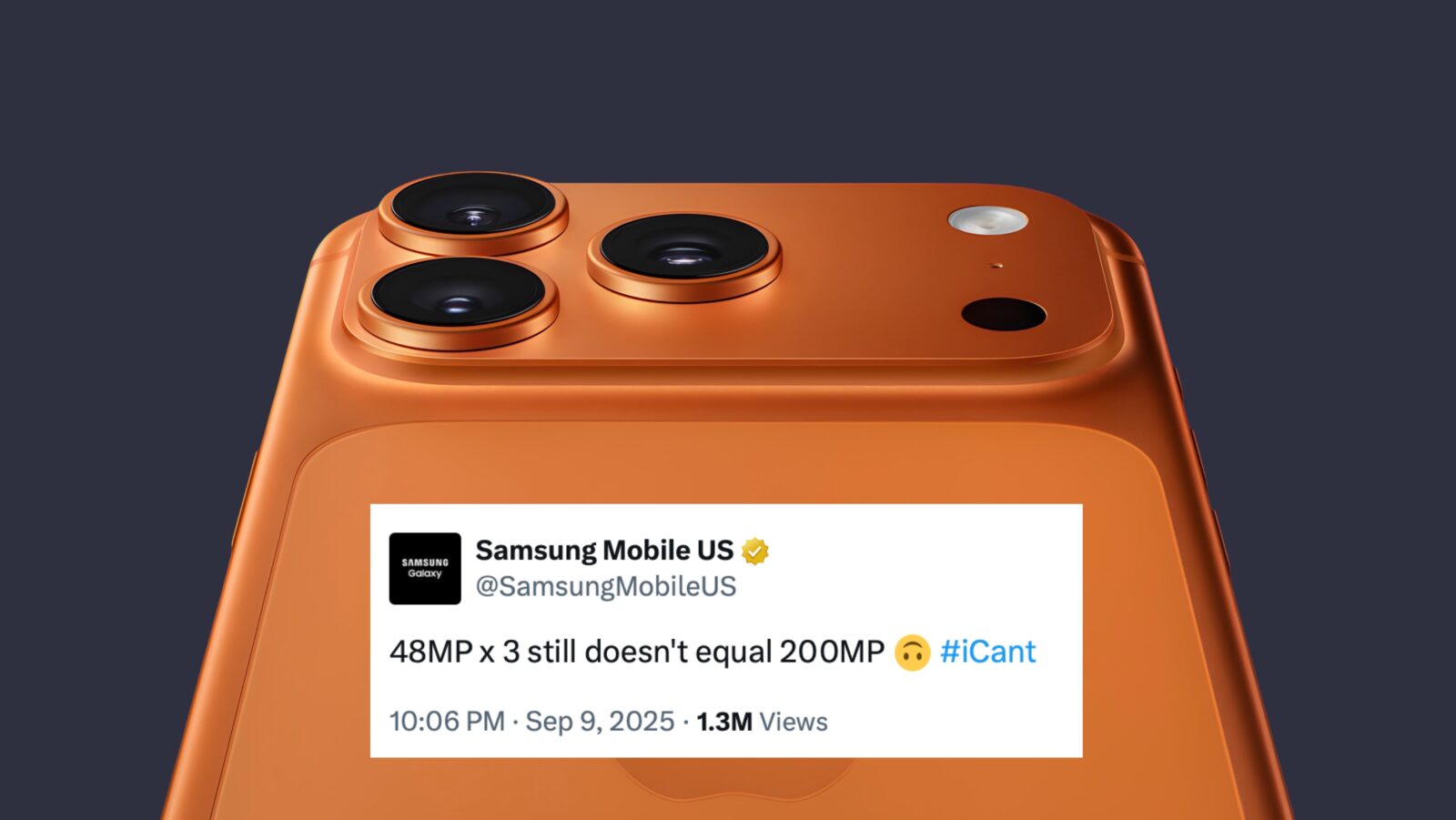TL;DR: Killing Floor 3 is a gory, fast-paced co-op shooter that refines its predecessor’s formula into something leaner and meaner. While the tight combat, class variety, and visual polish impress, the game’s limited content, lack of meaningful progression, and absence of modes beyond Survival make it feel more like an early access launch than a complete sequel. There’s definitely fun to be had here—especially with friends—but after a few sessions, you might find yourself asking: “Is this all there is?”
Killing Floor 3
There was a moment, somewhere around my sixth run of the R&D Lab in Killing Floor 3, when I found myself ankle-deep in Zed guts, surrounded by three friends screaming in Discord, and I thought, “Okay, this is the good stuff.” The chaotic energy, the stylish butchery, the smooth, butter-slick gunplay—Killing Floor 3, at its core, feels like a damn good shooter. But the more I played, the more a strange sense of absence crept in. Like an exquisitely marbled steak that, after the first few bites, turns out to be mostly bone.
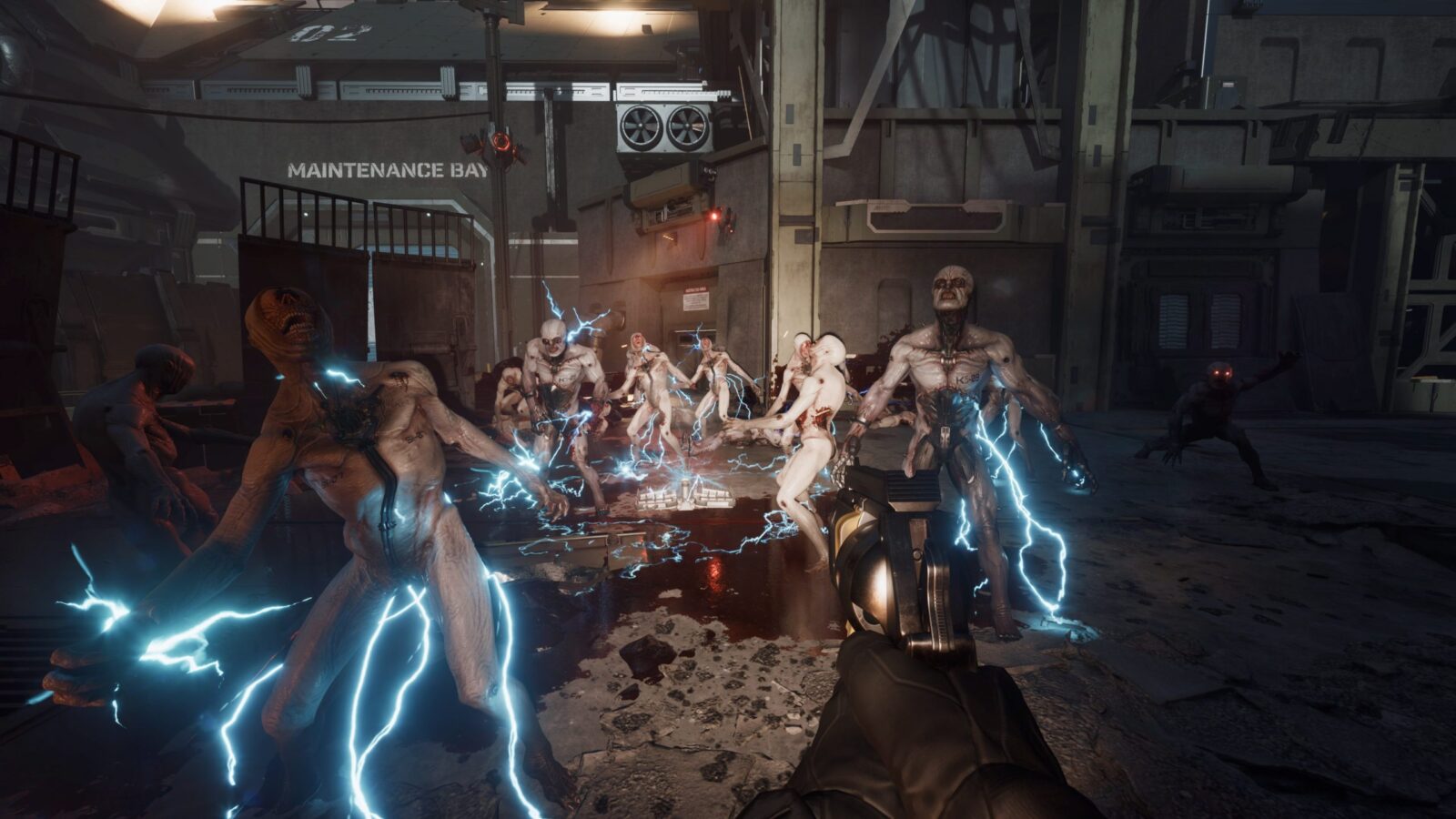
If you’re new to the series, the Killing Floor games are essentially co-op horde shooters soaked in blood, chunky weapon feedback, and British apocalypse cheek. Imagine Left 4 Dead on bath salts with a dash of Borderlands’ absurdity, and you’re halfway there. But where Killing Floor 2 felt like a bombastic buffet of guns, gore, and game modes, Killing Floor 3 is more of a curated tasting menu—delicious, yes, but leaving you wondering when the main course is arriving.
The Good, the Gory, and the Streamlined
Let’s not bury the lead: Killing Floor 3 feels amazing to play. Tripwire Interactive has clearly invested a ton of effort into tightening the moment-to-moment gameplay, and it shows. Movement is fast and responsive. The addition of mantling, dodging, and power-sliding makes navigating maps feel more dynamic than ever. It’s like the lovechild of DOOM Eternaland a slick arena shooter, but with all the crunchy feedback of classic Killing Floor carnage.
And oh, that carnage. The blood physics in Killing Floor 3 deserve their own horror Oscar. Heads pop like overripe watermelons, limbs arc through the air with grotesque elegance, and enemies crumple into heaps of gooey red satisfaction. It’s juvenile in the best way—a reminder that sometimes, being gratuitous is kind of the point.
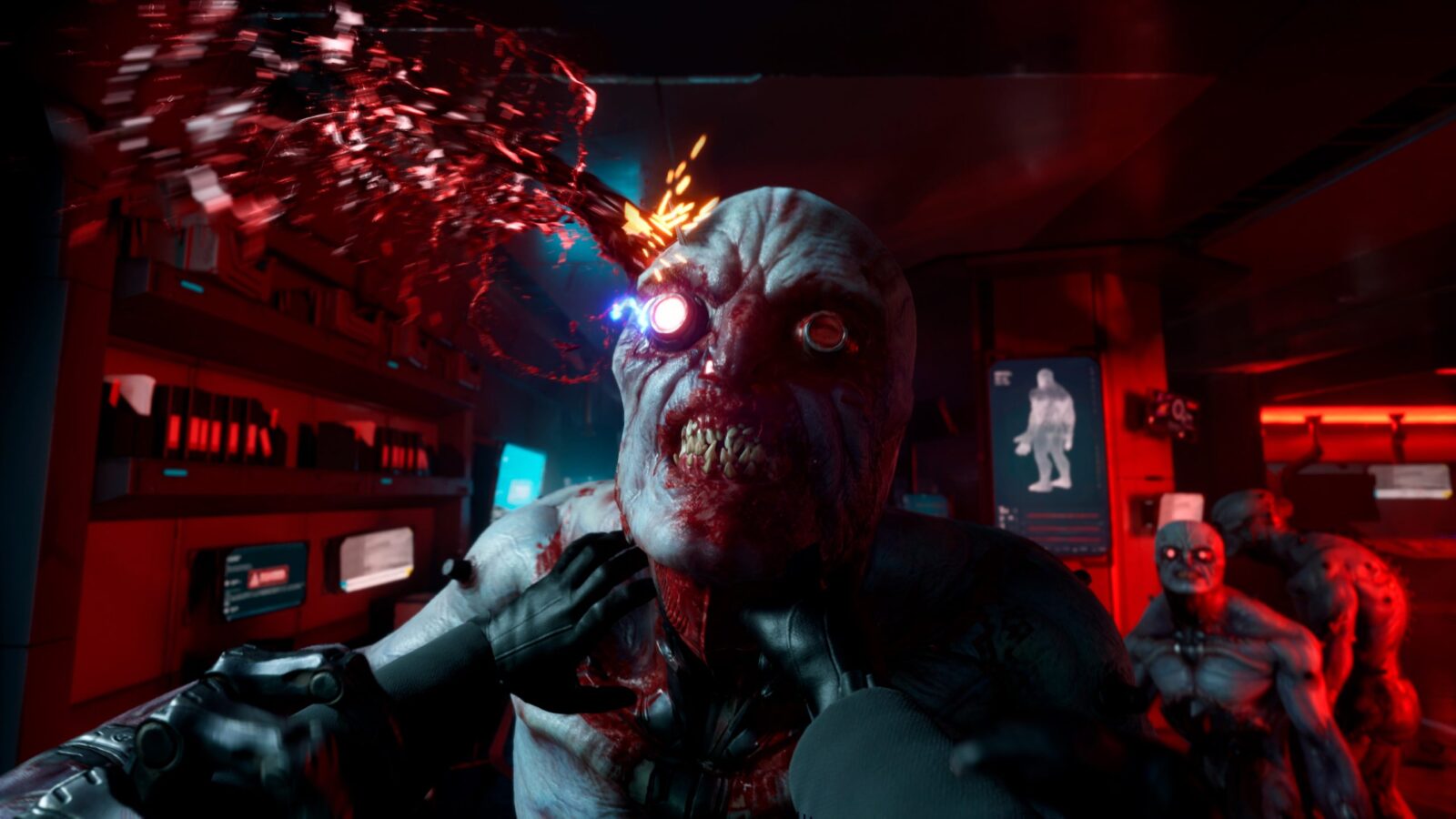
Combat is built around a single, lean mode: Survival. It does what it says on the tin. Survive five waves of increasingly nasty Zeds, fight a boss, and repeat. No campaign, no narrative fluff (unless you squint at the Codex), and no distractions. This laser focus makes the gameplay loop addictively straightforward, but it also reveals the game’s biggest flaw: there just isn’t enough of it.
A Solid Arsenal in a Shrinking Armory
You get six classes (called Perks), 30 weapons, 13 enemy types, eight maps, and three bosses. That’s a good chunk of content for an early access title—but for a full-priced sequel? It feels thin. Compare this to the wild variety and absurd depth of Killing Floor 2, which by its endgame offered something like a roguelike of zombie dismemberment. Killing Floor 3 trims the fat… and maybe some of the muscle too.
The classes are fun, though. The Ninja is a kinetic rush of melee carnage, the Engineer plays like a turret-happy tank, and the Medic offers just enough support to make you feel virtuous in the bloodbath. Each class has unique grenades and special abilities (the Medic’s AoE heal, the Ninja’s electrifying parries, etc.), and their differences are pronounced enough to change how you approach each wave. Skill trees unlock quickly and offer a surprising amount of depth, with new perks appearing every two levels instead of five.
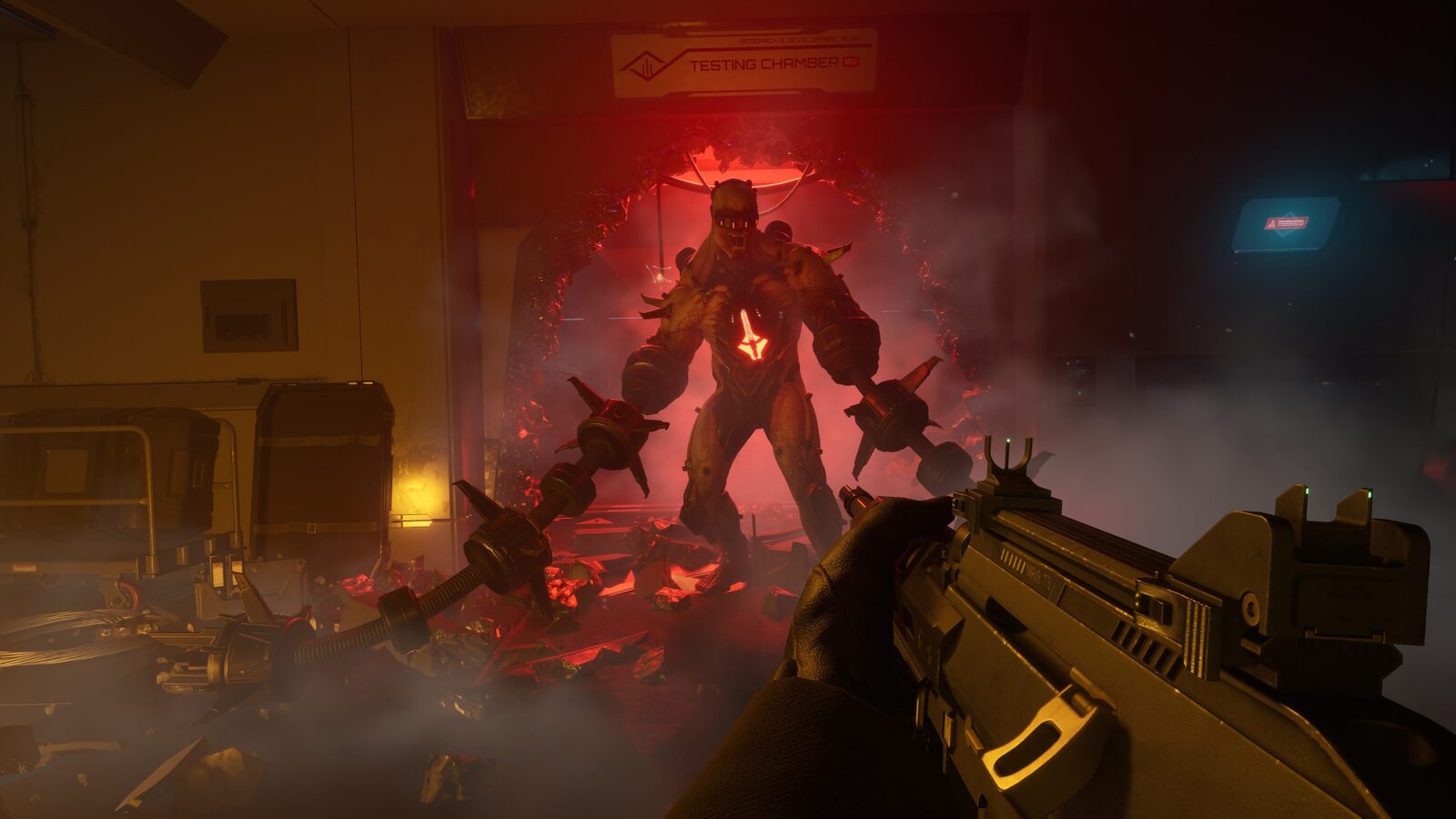
But here’s where it gets weird: weapon progression is janky as hell. Starter weapons, once upgraded in the Armory, often outperform higher-tier gear. I found myself cleaving through mid-game bosses with a modified grey-tier Kiba like it was Excalibur, while the shiny purple-tier weapons gathered dust. The economy of upgrades feels backward, and that completely neuters the sense of mid-match evolution.
The Maps: Pretty but Predictable
Map design is functional, occasionally stylish, and always soaked in viscera. From spooky moonlit forests to high-tech labs, each of the eight environments offers minor tactical quirks—zip lines here, auto-turrets there—but they rarely change how you play in any significant way. The best maps encourage movement and verticality (Radar Station and R&D Lab are standouts), but none of them feel essential or iconic.
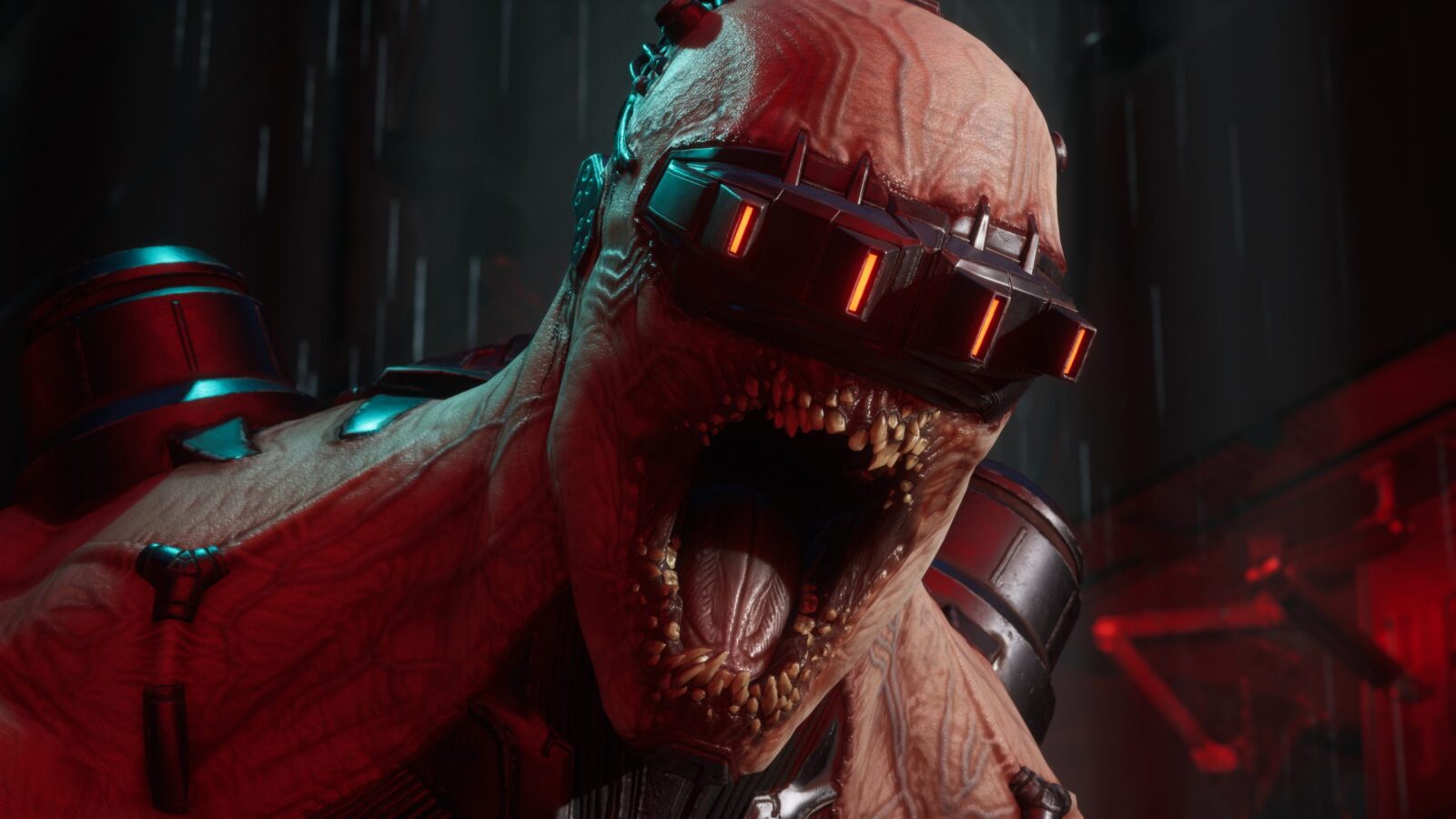
There’s also no real story to speak of. Killing Floor’s universe has always been more vibe than narrative, but this time even that feels half-hearted. You get a Codex, some audio logs, and a few side objectives (“scan the crates,” “kill 10 of these guys,” etc.), but none of it feels urgent or worth caring about. The Stronghold hub is cool to hang out in—more of these moments of calm would be great—but it too quickly fades into the background noise of match-picking and build-tweaking.
Live Service Purgatory
Here’s the elephant-sized loot crate in the room: Killing Floor 3 has a live-service skeleton. There’s a Season Pass, a battle pass system, cross-platform support, cosmetics, and a premium currency that’ll run you about $5 for 500 points. To its credit, none of this stuff feels intrusive yet. But it’s hard to ignore the creeping suspicion that the game was built more as a platform than a product.
Customization is barebones (no pun intended). You can swap your headgear and armor skin. That’s it. You want to create a character that looks distinct? Too bad. You want to express your battle scars with a gnarly new prosthetic leg or bloodstained cloak? Nope. This ain’t Warframe. Yet.
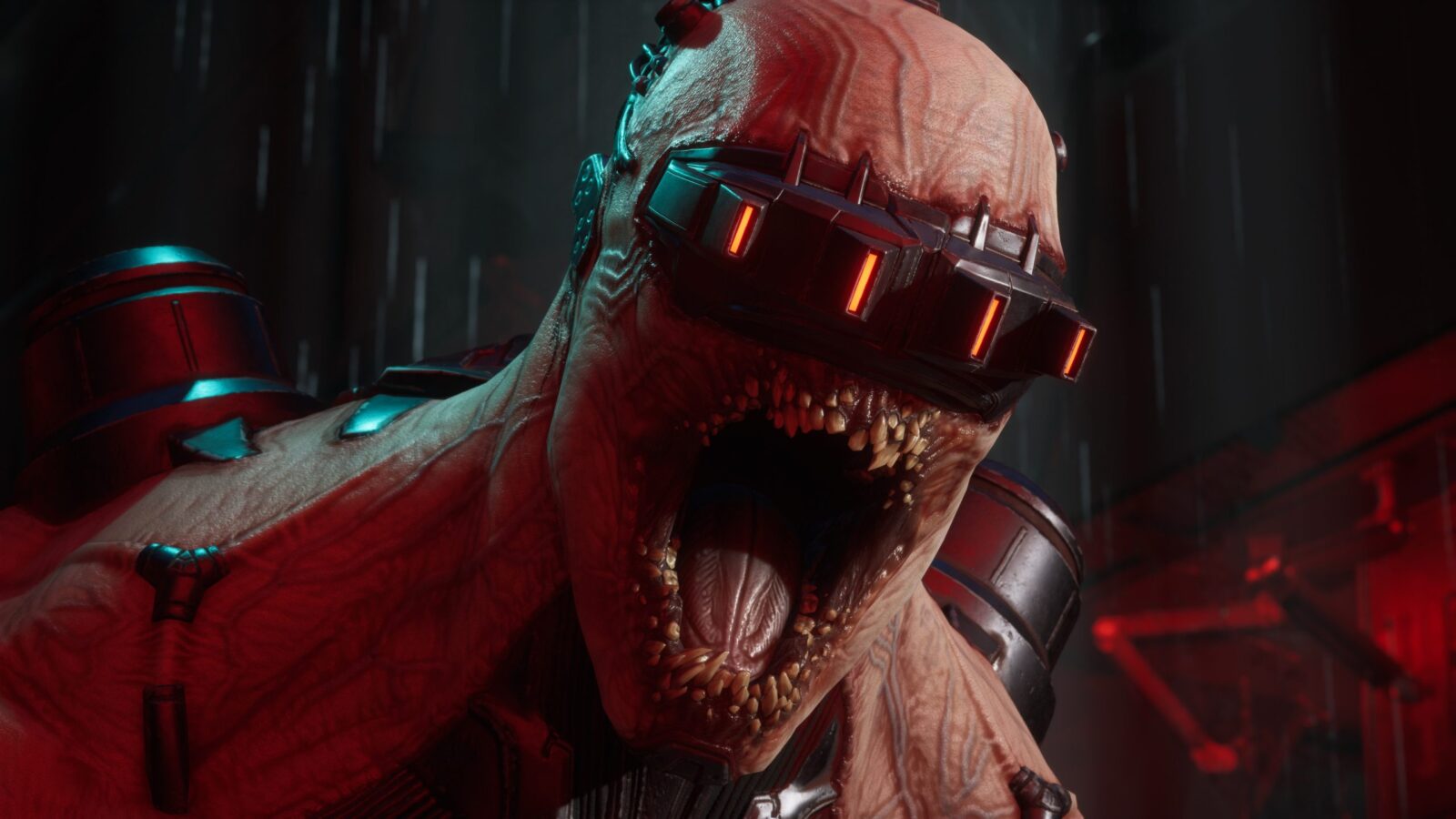
And while the Weekly Mutations (challenge matches with wild modifiers) offer some replayability, they don’t do enough to mask the repetition. Eventually, you’ll run out of classes to level, weapons to unlock, or objectives to complete. Then what?
The Final Wave
Look, I like Killing Floor 3. In fact, I want to love it. It scratches a very specific itch: gory, over-the-top co-op mayhem with friends, where every headshot sends eyeballs flying and every mistake leaves a crater of regret. But right now, it feels like a glorified beta. A damn fun one, but a beta nonetheless.
Tripwire has done this before. Killing Floor 2 grew into a beast over time, stuffed with content and personality. If Killing Floor 3 follows that same path, I could see myself revisiting it in six months and singing its praises. But today? It’s a gorgeous haunted house with only one room fully decorated.
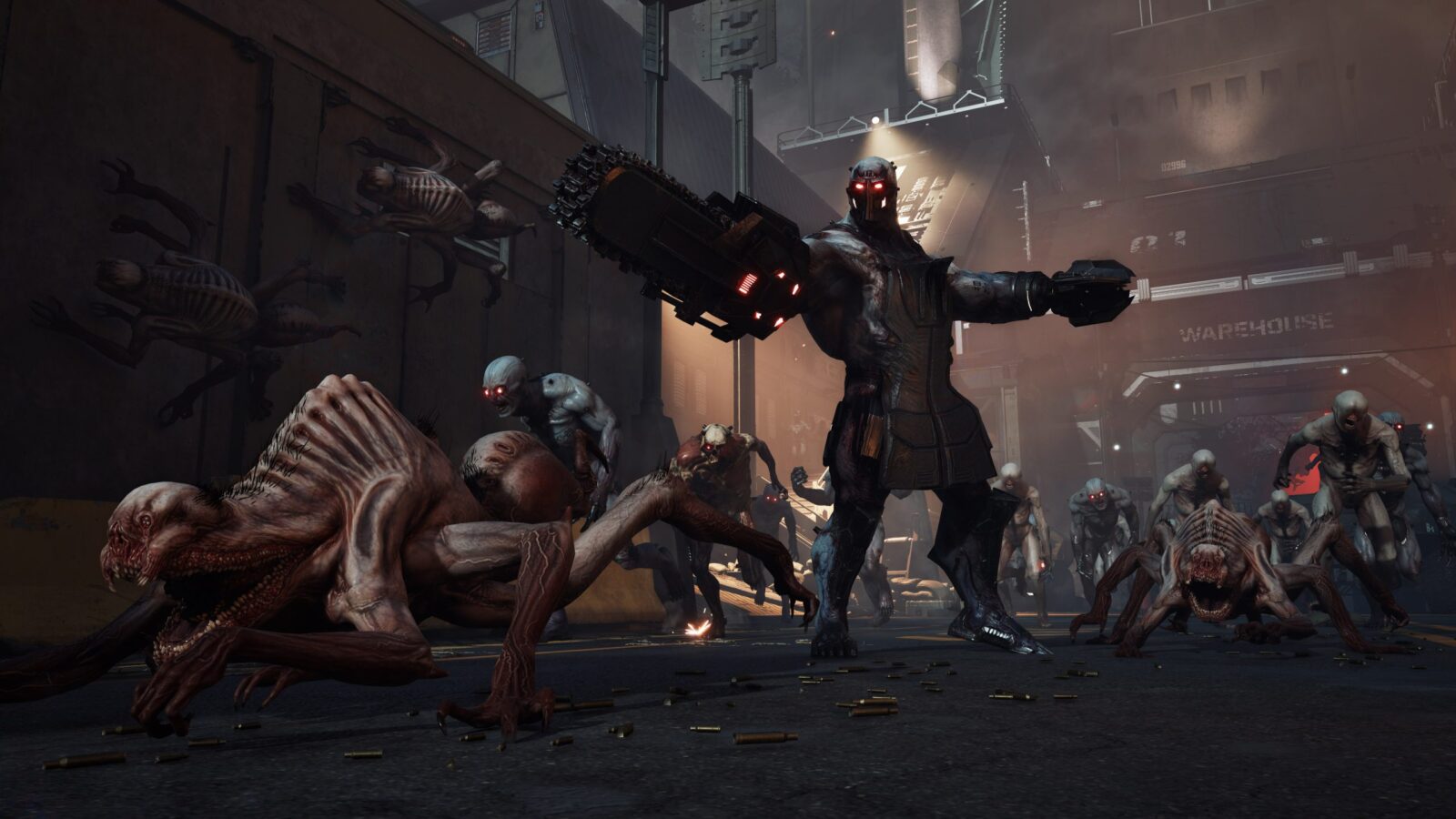
Verdict
Killing Floor 3 is an elegantly gruesome sequel that gets the feel of combat absolutely right, but stumbles in delivering the substance players expect. The bones are solid. The blood flows freely. But without more modes, better weapon progression, and meaningful long-term goals, it risks bleeding out before it ever truly comes to life.

